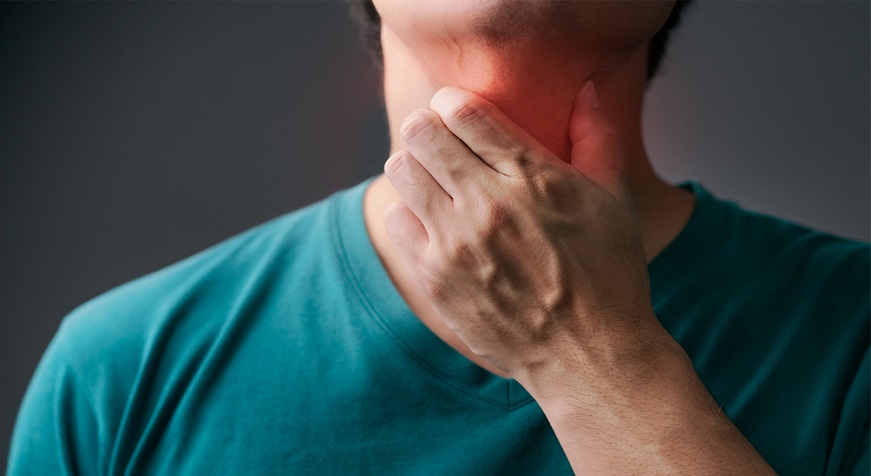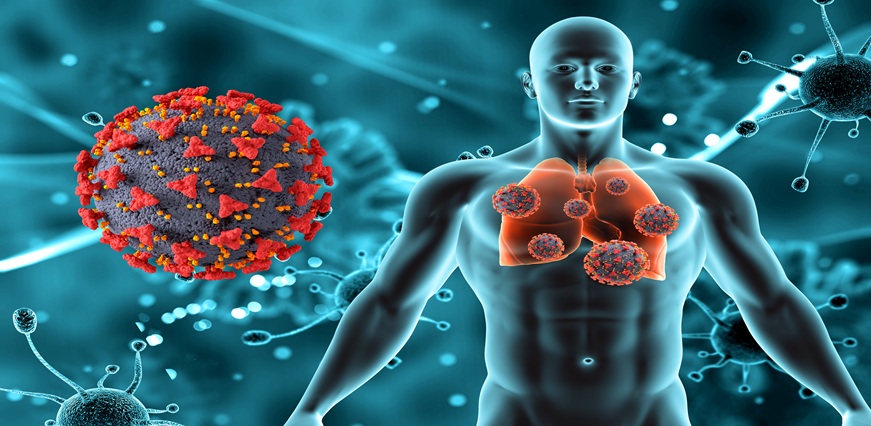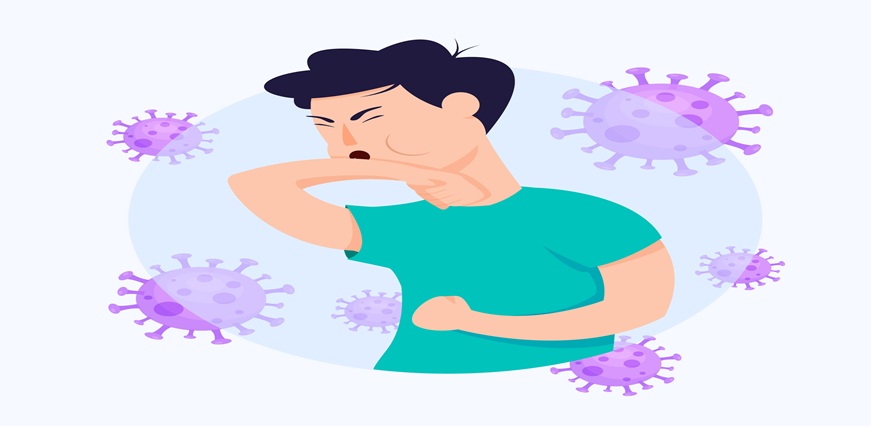Welcome to our blog post on lower respiratory infections - a topic that affects millions of people worldwide. Whether you're a medical professional or simply someone looking to learn more about this common condition, we've got you covered! In this article, we'll dive deep into the symptoms, causes, diagnosis, and treatment options for lower respiratory infections.
What are Lower Respiratory Infections?
Lower respiratory infections are a broad category of infections that primarily affect the lungs and surrounding structures. They can range from mild to severe, with some cases even leading to life-threatening complications. These infections typically involve the lower parts of the respiratory system, including the bronchi (the large airways) and the alveoli (the tiny air sacs in the lungs).
Symptoms of Lower Respiratory Infections
Symptoms include:
- Persistent cough
- Chest congestion
- Wheezing
- Fever
- Chills
- Fatigue
- Chest Pain while breathing
Causes of Lower Respiratory Infections
Lower respiratory infections are caused by a variety of factors that can compromise the health and function of the lungs. One common cause is viral infections, such as influenza or respiratory syncytial virus (RSV). These viruses can easily spread through droplets in the air when an infected person coughs or sneezes.
Bacterial infections, particularly pneumonia, are another leading cause of lower respiratory infections. Bacteria like Streptococcus pneumoniae or Haemophilus influenzae can invade the lungs and cause inflammation and infection.
Exposure to environmental irritants also plays a role in lower respiratory infections. Smoking, both active and passive, is a major risk factor for developing these infections. The harmful chemicals in tobacco smoke damage the lining of the airways and weaken the immune system's ability to fight off infections.
Diagnosis of Lower Respiratory Infections
Diagnosis of lower respiratory infections can be a crucial step in determining the appropriate treatment and preventing any further complications. Doctors employ various methods to diagnose these infections accurately.
One common diagnostic tool is a physical examination, where doctors assess the patient's symptoms, such as coughing, wheezing, or difficulty breathing. They may also listen to the lungs using a stethoscope for abnormal sounds like crackling or wheezing.
In addition to the physical exam, doctors may order laboratory tests. These tests can include blood work to check for infection markers or sputum culture analysis to identify specific pathogens causing the infection.
Another important diagnostic technique is imaging studies like chest X-rays or CT scans. These images allow doctors to visualize any abnormalities in the lungs and help them understand the extent and severity of the infection.
Furthermore, if necessary, doctors may recommend bronchoscopy—a procedure that involves inserting a thin tube with a camera into the airways—to directly examine lung tissue or collect samples for further testing.
Treatment of Lower Respiratory Infections
When it comes to treating lower respiratory infections, early intervention is key. The specific treatment options will depend on the underlying cause and severity of the infection.
For bacterial infections such as pneumonia, antibiotics are typically prescribed. These medications help to kill off the bacteria causing the infection and alleviate symptoms. It's important to take the full course of antibiotics as prescribed by your healthcare provider, even if you start feeling better before finishing them.
In cases where a viral infection is responsible for the lower respiratory infection, antiviral medications may be used. However, most viral infections simply need time and supportive care for recovery. This includes getting plenty of rest, staying hydrated, and using over-the-counter pain relievers to reduce fever and discomfort.
In some severe cases or when complications arise from a lower respiratory infection, hospitalization may be necessary. Hospital-based treatments can include intravenous fluids for hydration, supplemental oxygen therapy to improve breathing function, or even mechanical ventilation in extreme cases.
Prevention of Lower Respiratory Infections
Prevention is always better than cure, especially when it comes to lower respiratory infections. By taking certain precautions and adopting healthy habits, you can significantly reduce your risk of developing these infections.
Practicing good hand hygiene is crucial in preventing the spread of respiratory infections. Make sure to wash your hands frequently with soap and water for at least 20 seconds. If soap and water are not available, use an alcohol-based hand sanitizer.
Avoid close contact with people who have respiratory infections such as colds or flu. Respiratory viruses can easily be transmitted through coughing, sneezing, or even talking. Maintaining a safe distance from infected individuals can help minimize your exposure.
Get Tested:
Conclusion
Lower respiratory infections can be a serious health concern and should not be taken lightly. The symptoms of these infections can range from mild to severe, and early diagnosis is crucial for effective treatment. By understanding the causes and risk factors associated with lower respiratory infections, we can take steps to prevent their occurrence.
If you experience any of the symptoms mentioned earlier such as coughing, chest congestion, shortness of breath, or fever that persists for more than a few days, it is important to seek medical attention promptly. A healthcare professional will be able to diagnose the specific type of infection through various tests like chest X-rays or sputum cultures.













 7982100200
7982100200
























 To reach our help desk call 9213188888
To reach our help desk call 9213188888.png)
Comments